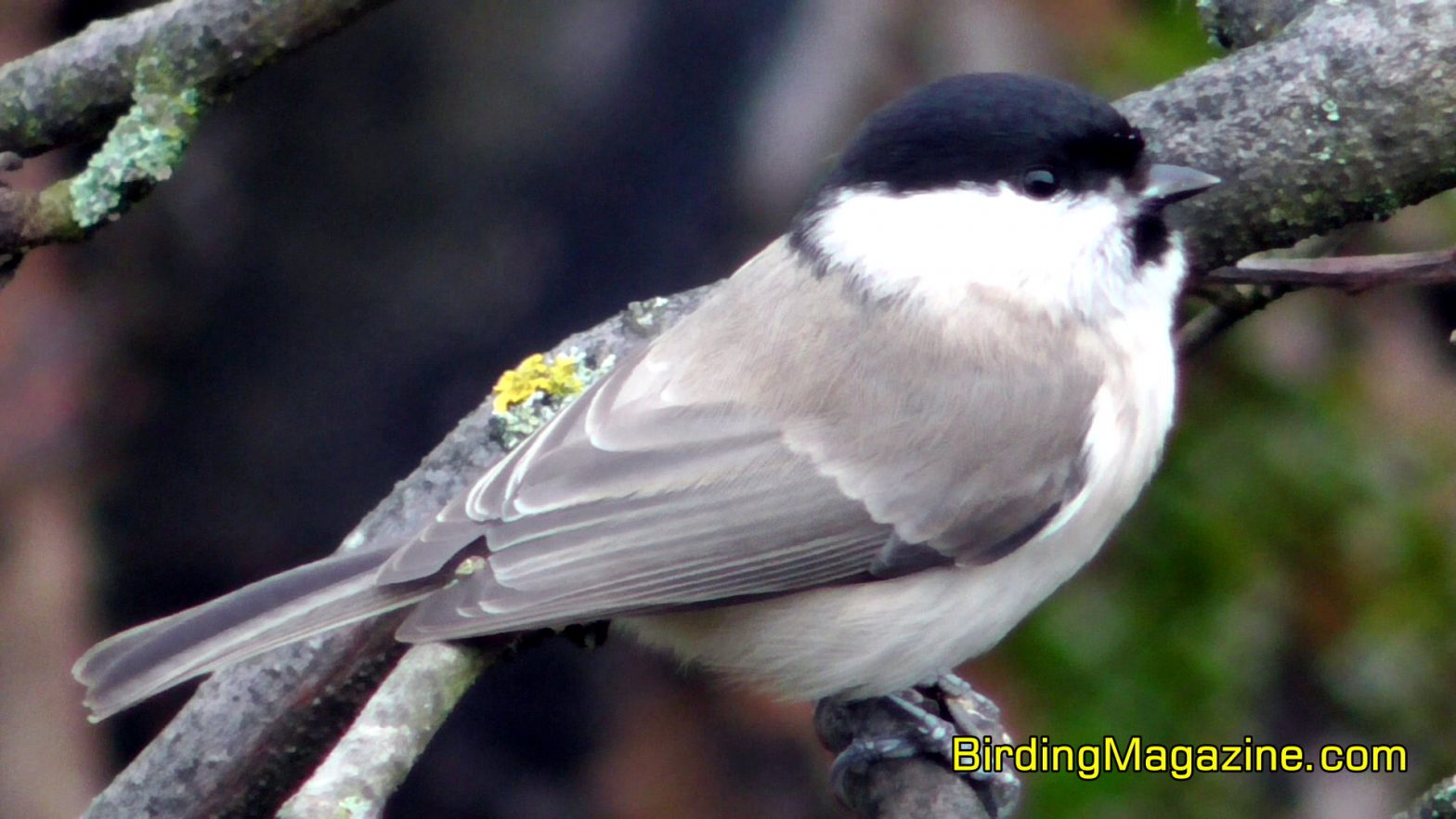The Marsh Tit (Poecile palustris) is a captivating small bird that can be found in the woodlands and wetlands of Europe and western Asia. With its distinctive black cap and grayish-brown plumage, this species stands out among its avian counterparts.
Despite its small size, the Marsh Tit possesses unique characteristics and behaviors that make it a fascinating subject of study for bird enthusiasts and researchers alike.
In this article, we will delve into the various aspects of the Marsh Tit’s life, including its physical description, habitat preferences, feeding habits, reproductive behaviors, and more. By gaining a deeper understanding of this charming bird, we can better appreciate its ecological role and contribute to its conservation.
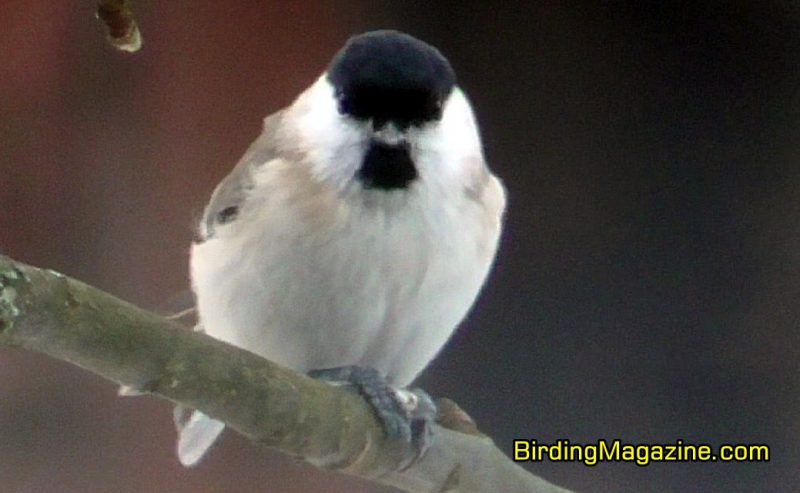
Description
The Marsh Tit (Poecile palustris) is a small passerine bird belonging to the tit family Paridae. It is characterized by its compact size, measuring about 12 centimeters in length and weighing around 10-14 grams. The Marsh Tit has a distinctive appearance with a black cap, nape, throat, and chin. Its back is grayish-brown, and the underparts are a pale gray color. The wings and tail display a combination of black and white feathers, adding to its unique charm.
Differences Between Males and Females
Male and female Marsh Tits have a similar appearance, making it challenging to distinguish between the sexes based on their plumage alone. However, during the breeding season, males may display more vigorous behavior and vocalizations to attract a mate.
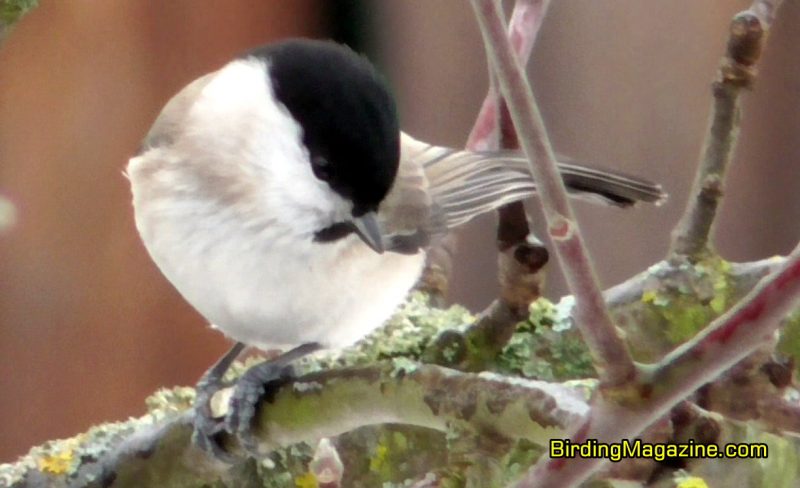
Range
The Marsh Tit is native to Europe and western Asia, primarily found across a broad range of countries including the United Kingdom, France, Germany, Russia, and Turkey. Its distribution extends from Scandinavia in the north to the Mediterranean region in the south.
Habitats
Marsh Tits typically inhabit damp and marshy woodlands, as their name suggests. They have a preference for deciduous forests, wetlands, riverbanks, and areas with dense undergrowth. This bird species is well adapted to both lowland and mountainous regions.
Feeding
The diet of the Marsh Tit consists mainly of insects, larvae, spiders, and seeds. It forages actively, often hanging upside down from branches to access hidden food sources. This species has also been known to store food for later consumption, caching insects and seeds in tree crevices.
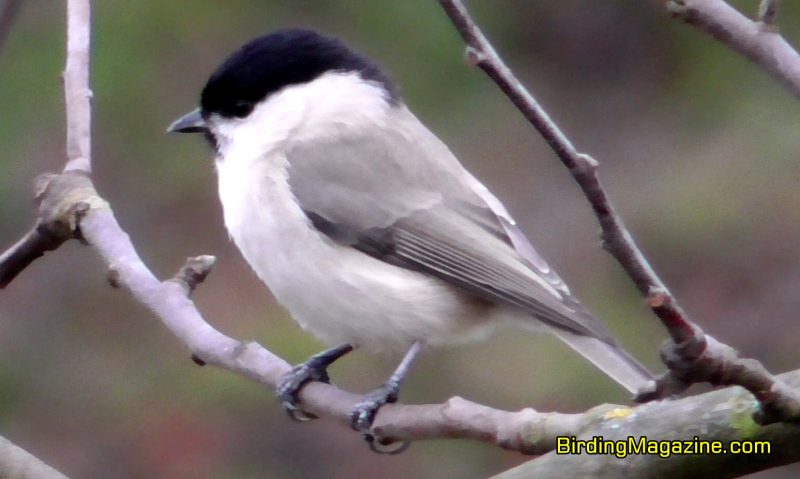
Mating
During the breeding season, male Marsh Tits establish territories and engage in courtship displays to attract females. These displays may include singing, wing-fluttering, and posturing. The male will often offer food to the female as part of the courtship ritual.
Nesting
The Marsh Tit constructs its nest in tree cavities, often selecting rotting stumps, holes in decaying trees, or nesting boxes. The nest is built by the female and consists of moss, grass, and other plant materials lined with feathers and fur. This species does not excavate its own nest cavities but rather utilizes existing ones.
Eggs
A typical clutch of Marsh Tit eggs consists of 6 to 10 eggs, which are smooth and glossy white in color with reddish-brown speckles. The female incubates the eggs for approximately 14 days until they hatch.
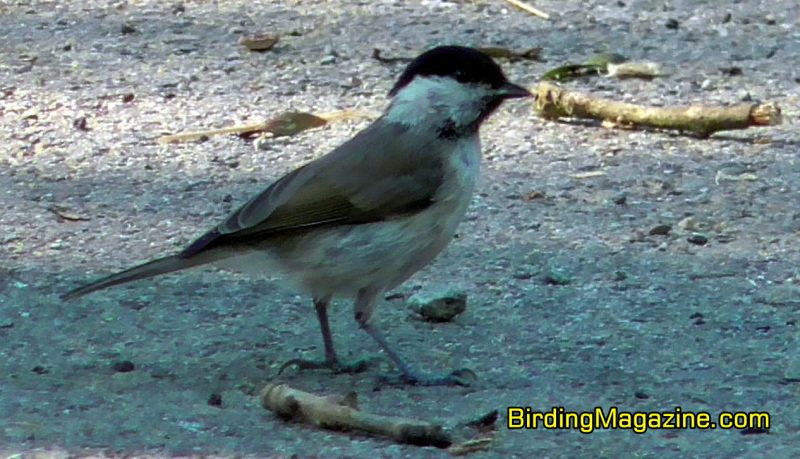
Fledglings
Once the chicks hatch, both parents take part in feeding and caring for the young. The fledglings have a similar appearance to the adults but with slightly duller plumage. They rely on their parents for food and protection and gradually develop their foraging skills.
Song and Call
The song of the Marsh Tit is a distinctive series of high-pitched, nasal notes repeated rapidly in a monotonous pattern. Its call is a sharp “tsee-tsee” or “tsirr.”
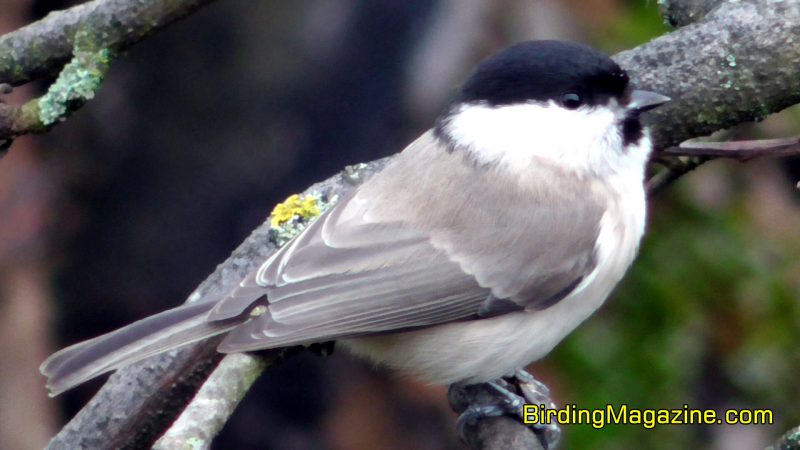
Predators
The Marsh Tit faces threats from various predators, including birds of prey such as sparrowhawks and owls, as well as mammals like stoats, weasels, and domestic cats. Nest predation is a significant risk during the breeding season.
Conservation Status
The Marsh Tit is currently classified as a species of “Least Concern” on the IUCN Red List. While it has a widespread distribution, certain local populations may face habitat loss due to deforestation and drainage of wetlands. Conservation efforts focusing on preserving suitable habitats are crucial for the long-term survival of this species.
Similar Species
The Marsh Tit can be confused with other closely related tit species, such as the Willow Tit (Poecile montanus) and the Coal Tit (Periparus ater). The Willow Tit is similar in appearance but has more extensive black on the chin and throat, while the Coal Tit is smaller and displays a white patch on the nape. Careful observation of plumage characteristics and behavior can help in distinguishing these species from each other.
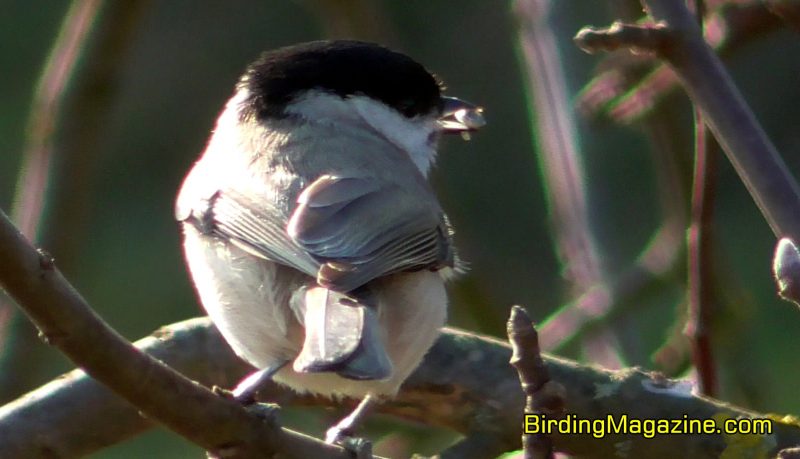
Conclusion
The Marsh Tit is a remarkable bird species that thrives in damp woodlands and marshy habitats across Europe and western Asia. With its distinct appearance, active foraging behavior, and melodious song, the Marsh Tit holds a special place in the natural world. However, like many other avian species, it faces challenges related to habitat loss and predation.
Conservation efforts focused on preserving suitable habitats, raising awareness, and implementing sustainable practices are crucial for the long-term survival of the Marsh Tit and other vulnerable bird species. By valuing and protecting these small but significant creatures, we contribute to the preservation of biodiversity and ensure a harmonious coexistence between humans and nature.
